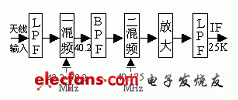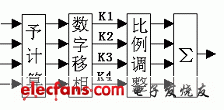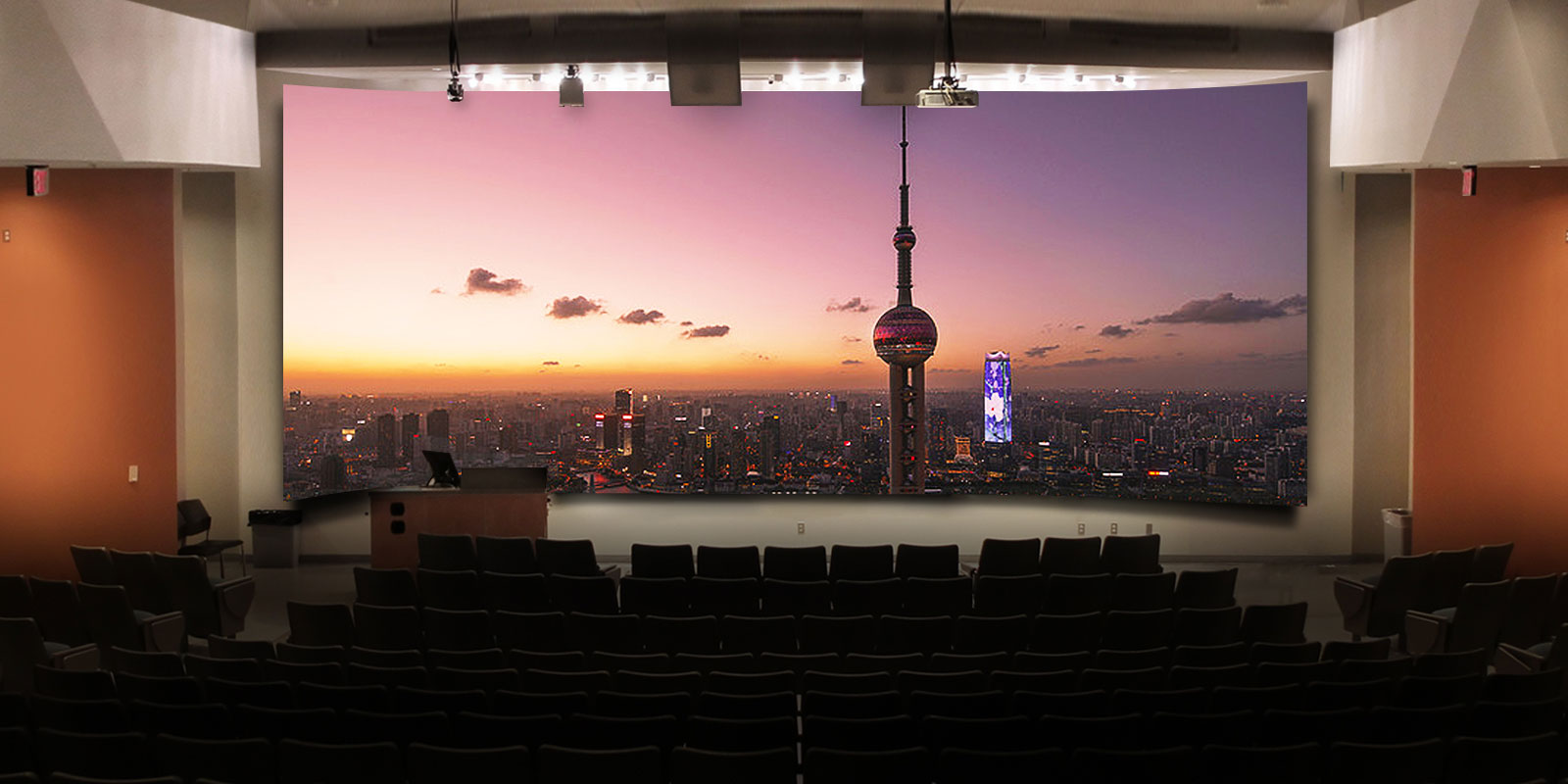I. Introduction Since the short-wave channel is a time-varying dispersion channel, the propagation and reflection of radio waves in the ionosphere are greatly affected by changes in the ionosphere of each layer, resulting in a random variation of the field strength level at the receiving point. This random change is called the weakening of the radio wave. . When it is weak, the signal level drops up to several tens of dB, so that the short-wave signal cannot be received normally. In order to compensate for each other, anti-fading and improve reception performance, short-wave communication usually adopts diversity reception technology, which includes spatial diversity, frequency diversity, time diversity, angle diversity and polarization diversity. The most common one is spatial diversity. . The effect of diversity reception is not only related to factors such as diversity mode and diversity number, but also related to the synthesis method used by the receiving end. Common spatial diversity methods are: minimum dispersion synthesis, maximum power synthesis, square-law synthesis, in-phase synthesis, and optimal proportional in-phase synthesis. The best proportional in-phase synthesis refers to the weighting of different proportional coefficients according to the signal-to-noise ratio and amplitude of each signal on the basis of in-phase synthesis, so that the optimal spatial diversity of the synthesized signal-to-noise ratio is the largest. method. Conventional circuits that achieve optimal proportional in-phase synthesis (such as phase-locked loops, digital circuits, etc.) are difficult to meet real-time requirements due to shortcomings such as slow conversion speed. With the increasing speed of digital signal processor (DSP), the emergence and wide use of high-precision large dynamic range analog-to-digital converters (A/D) make digital signal processing to complete the collection and reception of short-wave signals. Simple and reliable [1] [2]. Second, the composition of the receiver The short-wave diversity is integrated into a receiver consisting of six parts: analog front end, A/D, diversity combining, digital demodulation, D/A and audio processing. The block diagram is shown in Figure 1. Figure 1 Block diagram of short-wave diversity into receivers The analog front end has four channels respectively connected to the input signals from the quaternary antenna array. In the case of sharing one local oscillator, the four independent signals are mixed, filtered and amplified. As shown in Figure 2, the RF signal received from the antenna array is first mixed with a tunable local oscillator (42.2~70.2MHz) for conversion to a high frequency signal with a center frequency of 40.2MHz and a bandwidth of 20KHz. The tuning step error is 1 kHz. Then, the second mixing is performed with a fixed frequency of 40.175MHz, and after amplification, an IF signal with a center frequency of 25KHz and a bandwidth of 12KHz is obtained. Figure 2 Analog front end block diagram The four IF signals output from the analog front end are respectively subjected to analog-to-digital conversion by a 16-bit A/D at a sampling rate of 100 kHz, and the obtained four digital signals are sent to a DSP to be grouped into modules. The sub-assembly module synthesizes the four-way signal into one in-phase digital signal according to the synthesis algorithm, and then sends the signal to the digital demodulation module of the DSP. The demodulated signal is converted to an audio processing unit by D/A digital-to-analog conversion. The audio processing unit outputs an audio signal after completing functions such as analog filtering and gain adjustment of the audio signal. Third, the diversity of the algorithm The synthesis algorithm adopted by the diversity combining unit is the optimal proportional in-phase synthesis algorithm. The optimal proportional in-phase synthesis refers to a spatial diversity method based on the in-phase synthesis, which is weighted by different proportional coefficients according to the signal-to-noise ratio and amplitude of each signal, so that the combined signal-to-noise ratio is the largest. The algorithm implementation block diagram is shown in Figure 3: Figure 3 is a sub-assembly into a block diagram The DSP determines the degree of digital phase shift and the size of the proportional adjustment coefficient by real-time acquisition and calculation of the input signal. The main functions of sub-assembly into units are: 1) Calculate the signal-to-noise ratio and amplitude of the 4-way signal, and the phase difference between the signal with the largest signal-to-noise ratio and the other three signals; 2) The phase of the four signals is made uniform by digital phase shifting; 3) weighting the signal-to-noise ratio and amplitude of each signal by different proportional coefficients; 4) The weighted four-way in-phase signals are directly added. Indoor Fixed Advertising LED Billboard
This series is professionally used for indoor fixed installation of LED display, a variety of installation solutions such as wall installation, simple shelf installation, photo frame installation and so on. Displays advertising video content well indoors. It is suitable for bars, KTV, indoor meeting rooms, exclusive stores, inside shopping malls, indoor stores and so on. Indoor Fixed Advertising LED Billboard,beautiful cabinet design, seamless connection to realize large-screen display advertisement, high-definition smooth video playback function.
Indoor Fixed Advertising Led Billboard,Indoor Led Wall Billboards,Indoor Fixed Led Billboards,Shopping Mall Led Display Guangzhou Cheng Wen Photoelectric Technology Co., Ltd. , https://www.nbcwdisplay.com


